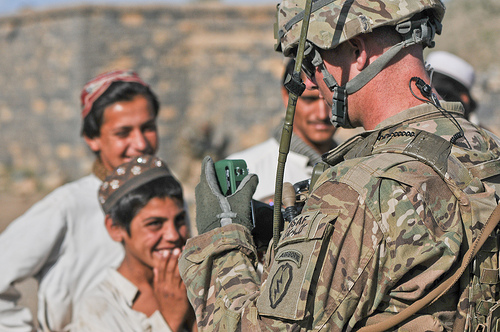
US-Taliban Peace Agreement: What You Need to Know
What was agreed upon?
- Reduction in violence for 7 days:
- The Taliban has agreed not to attack population centers, highways and government facilities, but it would not agree to a complete cease-fire.
- There is currently no start date but is supposed to take effect “very soon”.
- “That is seen as a test not only of good intentions, but also of the ability of the Taliban and the Afghan government to rein in their forces and those of their allies, in a war made more complex by internal rivalries and local disputes.” – Richard Perez-Pena
- 135-day timetable for US withdrawal
- Within the 135-day period, American troop numbers in Afghanistan would dwindle from 13,000 to 8,600; The reduction of troops was a move that the US had been planning to make with or without an agreement in place. The agreement calls for a complete withdrawal within three to five years.
- Call for “all Afghan” peace talks within 10 days
- The official that initially revealed the terms said the agreement for a seven-day “reduction in violence” is to be followed by the start of all-Afghan peace talks within 10 days, including the Afghan government forces.
What we don’t know
- The Afghan government’s stance
The agreement calls for the start of negotiations between the Taliban and Ghani’s administration. Previously, the Taliban has refused to meet with the Kabul government, successfully circumventing the administration’s rigid demands for a ceasefire. Previous negotiations where the Taliban offered a ‘reduction in violence’ were met with frustration by the Afghan and US governments, which viewed the terms as vague and suspicious. However, on Feb 11th, President Ghani tweeted a possible change in heart:
“Today, I was pleased to receive a call from @SecPompeo, informing me of the notable progress made in the ongoing peace talks with the Taliban. The Secretary informed me about the Taliban’s proposal with regard to bringing a significant and enduring reduction in violence. This is a welcoming development and I am pleased that our principal position on peace thus far has begun to yield fruitful results.”
This could mean that the Afghan government is now willing to come to the table with the Taliban without a full ceasefire. Many speculate that the US may have given into an ultimatum by the Taliban, demanding a reply on their offer of a seven-day reduction of violence in Afghanistan or risk the militant group walking away from negotiations. If the US government did accept terms set by the Taliban, many critics have voiced their concerns about setting a precedent that rewards demands that permit the use of any violence.
“In a conflict marked by attacks on civilians, the term ‘violence reduction’ is an absurdity. There can be no acceptable level of violence. The USA and the Afghan Taliban must commit to abide by the laws of war and end all attacks on Afghan civilians,” said Omar Waraich, Deputy South Asia Director at Amnesty International.
As the US nears a peace agreement, it is important that the US is vigilant and guides the possible all-Afghan peace negotiations, so they do not leave the country in a position to be overrun by the militant group.





